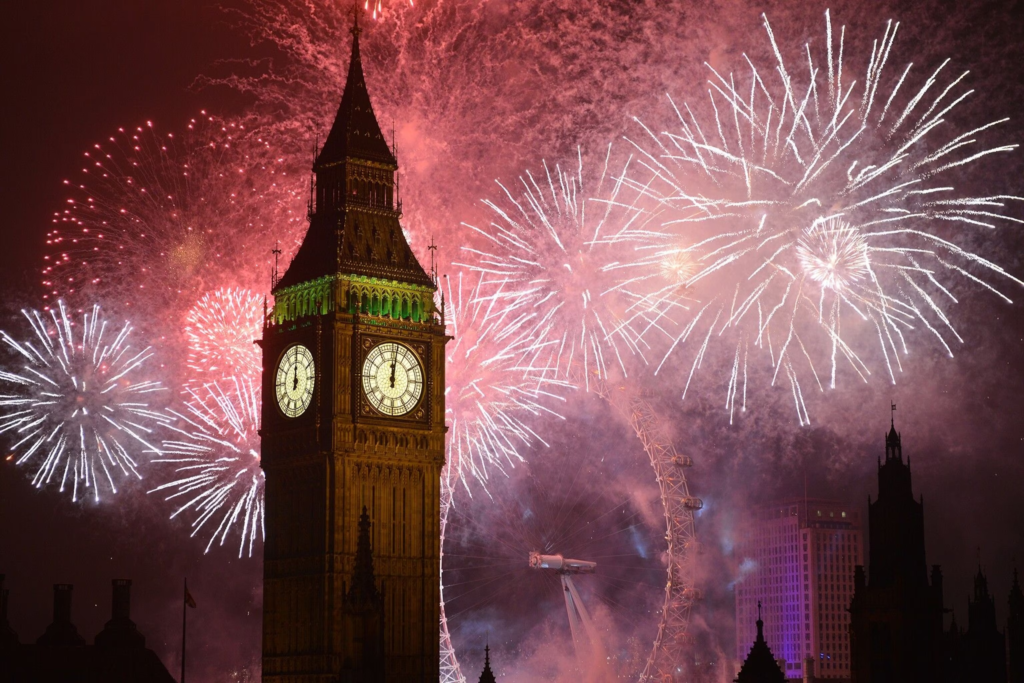
As the clock strikes midnight, a wave of celebration ripples across the globe. But did you know that the New Year doesn’t arrive everywhere at the same time? From the tiny islands in the Pacific Ocean to the bustling metropolises of North America, the journey of the New Year is a fascinating trip through time zones and traditions. Let’s take a journey to explore where the New Year begins first and where it says its final goodbye.
Content Table
| S.no. | Content |
| 1 | The First to Welcome the New Year |
| 2 | The Last to Say Goodbye |
| 3 | A Tapestry of Traditions |
| 4 | Chasing Midnight: Celebrate Twice! |
The First to Welcome the New Year
When it comes to ringing in the New Year first, the honor goes to Kiritimati (Christmas Island) in the Republic of Kiribati. Located in the Pacific Ocean, this island paradise greets the New Year at 10:00 AM UTC on December 31st. Thanks to a unique eastward time zone adjustment, this island is the first inhabited place on Earth to welcome the new calendar year. With beaches, palm trees, and traditional music, the celebrations here are as warm as the tropical breeze.
Following closely behind is New Zealand’s Chatham Islands, about 45 minutes later. Major cities like Auckland and Wellington join the party soon after, lighting up the sky with dazzling fireworks over the iconic Sky Tower. For those who love to be ahead of the world, these Pacific destinations are the place to be!
The Last to Say Goodbye
While parts of the world have already dived headfirst into January, a few remote locations still hold onto the fading hours of the old year. The last place to celebrate the New Year is Baker Island and Howland Island, uninhabited atolls in the United States Minor Outlying Islands. These islands, located near the International Date Line, bid farewell to the old year at 12:00 PM UTC on January 1st—a full 26 hours after Kiritimati!
For the last inhabited location to welcome the New Year, head to the U.S. state of Hawaii. The beaches of Honolulu echo with the sound of fireworks and celebrations as locals and visitors gather to count down the final moments. Here, the New Year arrives 22 hours later than its first appearance in Kiritimati, offering one last hurrah before the clock resets globally.
A Tapestry of Traditions
While time zones dictate when the New Year arrives, local customs shape how it is celebrated. In Japan, the transition is marked by the sound of 108 bell chimes, symbolizing the cleansing of worldly desires. In Scotland, the ancient festival of Hogmanay sees revellers parade through the streets with torches, while in Spain, people gobble down 12 grapes at midnight for good luck.
Meanwhile, Samoa, once one of the last places to celebrate the New Year, made a historic time zone switch in 2011, leaping to the front of the line. This change not only aligned them closer to major trading partners but also shifted their place in the New Year celebration timeline.
Chasing Midnight: Celebrate Twice!
For true New Year enthusiasts, it’s even possible to celebrate twice. By hopping across the International Date Line, you can catch midnight in Samoa and then fly to American Samoa (just 100 kilometers away), where the clock is still ticking on the old year. It’s the ultimate time-travel celebration!
So, whether you’re toasting with champagne on a sunlit beach or bundled up against winter’s chill, the New Year brings a shared sense of hope and renewal. From the first fireworks over Kiritimati to the final countdown in Hawaii, the world unites in celebration—one time zone at a time.
Happy New Year—whenever and wherever you may be!

